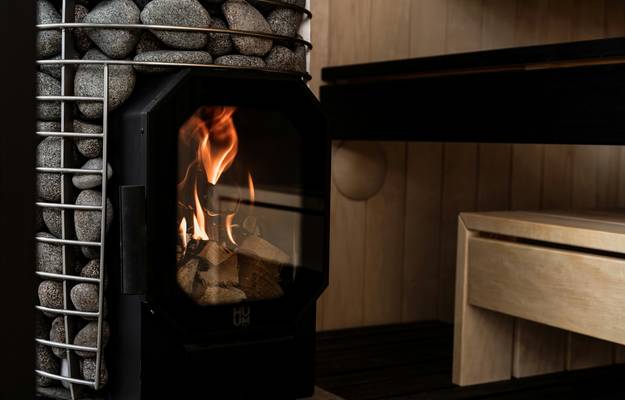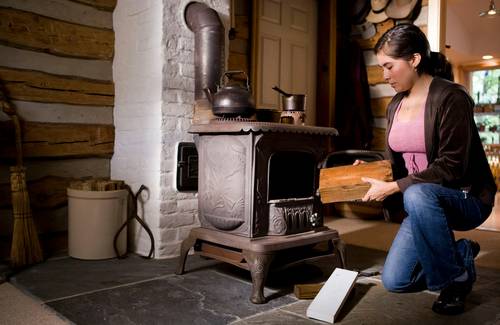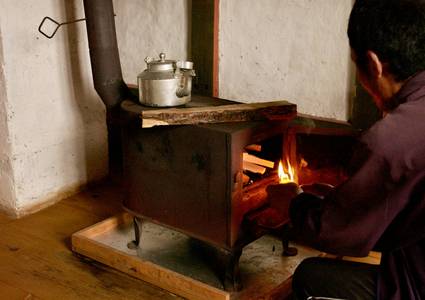
How to Choose the Best Heating Stove for Your Needs
Selecting a heating stove is about more than just picking a style or fuel type. The right decision balances comfort, safety, efficiency, cost, and your unique household needs. Use this step-by-step approach to zero in on your ideal stove:
- 1. Determine Your Primary Goals: Whole-home heating, supplemental warmth, ambiance, or backup heat?
- 2. Assess Your Space: Room size, insulation, open-plan vs. closed rooms, and layout.
- 3. Explore Fuel Options: What’s readily available—wood, pellets, gas, electric, or coal?
- 4. Prioritize Convenience and Maintenance: How much daily effort do you want to invest?
- 5. Set a Realistic Budget: Consider both upfront and ongoing costs.
- 6. Review Local Codes: Some fuels or stove types may be restricted.
Comparing Stove Types for Different Needs
| Stove Type | Best For | Pros | Cons |
|---|---|---|---|
| Wood | Off-grid, rural, ambiance, backup heat | Renewable fuel, high output, works without power | Requires wood supply & storage, regular tending, chimney cleaning |
| Pellet | Automated, eco-friendly, zone heating | Set-and-forget, clean burning, thermostat control | Requires electricity, pellet supply, higher upfront cost |
| Gas | Urban/suburban, convenience, fast heat | Instant on/off, low maintenance, clean, programmable | Needs gas line/propane, installation by professional, not off-grid |
| Electric | Rentals, apartments, small spaces, supplemental | Plug-and-play, no venting, safest, portable | Needs power, higher operating costs, zone heating only |
| Coal | Extreme cold, long burns, rural/off-grid | Very long burn times, powerful heat | Coal storage/handling, more maintenance, local restrictions |
Tip: Read our full Types of Heating Stoves guide for in-depth comparisons.
Step 1: Identify Your Heating Goals
Will your stove be the main heat source, or supplement an existing system? Do you want it for emergency backup, to add ambiance, or to lower utility bills? The answer will shape every decision that follows. For example:
- Primary Heating: Look for high-BTU models sized to your entire living area.
- Supplemental/Zonal: Choose a compact model for the space you use most often.
- Occasional Use: Electric or gas stoves offer instant, low-fuss warmth.
Step 2: Sizing Your Stove Correctly
An oversized stove can overheat your space and waste fuel; an undersized one won’t keep you warm. Key factors include:
- Room or home square footage
- Ceiling height and insulation
- Window/door drafts
- Climate zone (colder regions need more BTUs)
As a rule of thumb: 20–25 BTUs per square foot for well-insulated homes. Always check manufacturer sizing charts and consult a professional for whole-house heating needs.

Step 3: Weigh Fuel Availability & Costs
Your local supply of wood, pellets, gas, electricity, or coal will factor greatly into cost and convenience. Consider:
- Wood: Do you have access to cheap or free firewood?
- Pellets: Are pellet supplies consistent in your area? Prices can fluctuate by season and region.
- Gas/Propane: Is there an existing line or will you need tank delivery?
- Electric: Is electricity reliable and affordable year-round?
- Coal: Is coal sold near you, and is it allowed by local code?
Step 4: Consider Convenience, Maintenance & Lifestyle
- Wood Stoves: Require daily wood loading, ash removal, and annual chimney cleaning.
- Pellet Stoves: Hopper refilling every few days, periodic cleaning of burn pot and ash pan.
- Gas Stoves: Minimal cleaning, annual professional inspection.
- Electric Stoves: Plug in, dust occasionally—lowest maintenance.
- Coal Stoves: Ash removal, regular fuel handling, and chimney upkeep.
If you travel frequently or prefer minimal chores, automated or electric models may be best.

Step 5: Installation, Safety & Code Requirements
- Check local codes for allowable fuels and stove types (e.g., ventless gas or coal may be restricted)
- Plan for required venting, hearth pads, and clearances to combustibles
- Professional installation is strongly recommended for gas, pellet, and coal stoves
- Install smoke and carbon monoxide detectors in the stove area
- Contact your insurance provider about coverage for solid fuel appliances
Step 6: Budgeting & Total Cost of Ownership
- Upfront Costs: Stove price, venting/chimney, installation, permits
- Operation: Ongoing fuel costs (compare local rates for wood, pellets, gas, electricity, coal)
- Maintenance: Annual cleaning, parts, and professional service
- Insurance: Some stoves may increase home insurance premiums
Tip: The cheapest stove up front isn’t always the cheapest long term. Balance purchase price with annual running costs for the best value.
See Budget OptionsChoosing a Stove: Frequently Asked Questions
- Can I install a stove myself? DIY is possible for some stoves, but professional installation ensures safety and code compliance—especially for gas, pellet, and coal models.
- Is one stove type safer than others? All major stove types are safe when installed and used properly. Electric stoves are safest; wood and coal require more careful operation.
- What about air quality and emissions? EPA-certified wood and pellet stoves emit less smoke; gas and electric produce minimal emissions. Check local regulations for restrictions.
- Are there stoves that burn multiple fuels? Some models are multi-fuel (e.g., wood/pellet, wood/coal), but always use the fuels recommended by the manufacturer.
- Will a stove work during a power outage? Wood and hand-fired coal stoves operate without power; most pellet and electric stoves do not unless equipped with backup systems.
Related Guides
Types of Heating Stoves
Dive deep into all stove types—wood, pellet, gas, electric, and coal—for a comprehensive comparison.
Compare TypesEnergy Efficiency for Heating Stoves
Learn how to maximize heat and save money with the most efficient stove options.
Efficiency GuideEco-Friendly Stove Options
Discover the greenest choices in home heating, including EPA-certified stoves and renewables.
Eco-Friendly Options